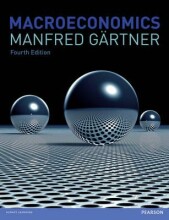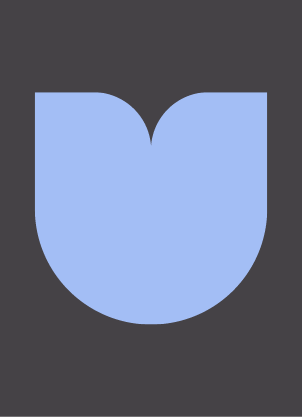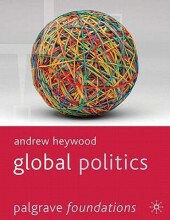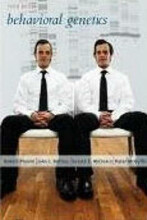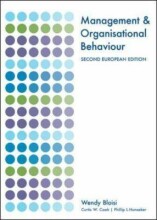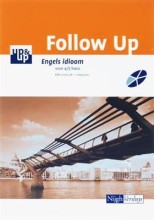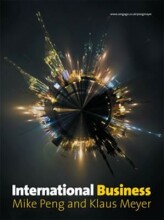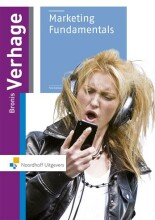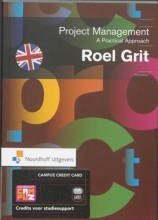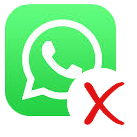Money, Banking and the central Banking system - determining the money supply - the money multiplier in reality
7 important questions on Money, Banking and the central Banking system - determining the money supply - the money multiplier in reality
How do we determine the money supply?
What doesnt the centeral bank control?
What changes when money is deposited into the bank? what do we call it?
it is called leaving monetary base
- Higher grades + faster learning
- Never study anything twice
- 100% sure, 100% understanding
What do we call the sum of the currency in circulation and reserves held by banks? Who controls it?
monetary authorities control
In what to ways is the monetary base different from the money supply?
- Bank reserves which are part of the monetary base aren't considered part of the money supply
- because money held as bank reserves in a bank vault or deposited at the bank of Canada isn't considered part of the money supply
- chequable deposits are part of the money supply, because they are available for spending, but aren't part of the monetary base.
- most of the monetary base and money supply actually consist of currency in circulation.
What is the ratio of the money supply to the monetary base? How should it be interpreted?
- The money multiplier
- it should be interpreted as the maximum (potential) change in money supply when there is a unit change in monetary base.
Money in currency in circulation does not support multiple money in money supply
The question on the page originate from the summary of the following study material:
- A unique study and practice tool
- Never study anything twice again
- Get the grades you hope for
- 100% sure, 100% understanding




















